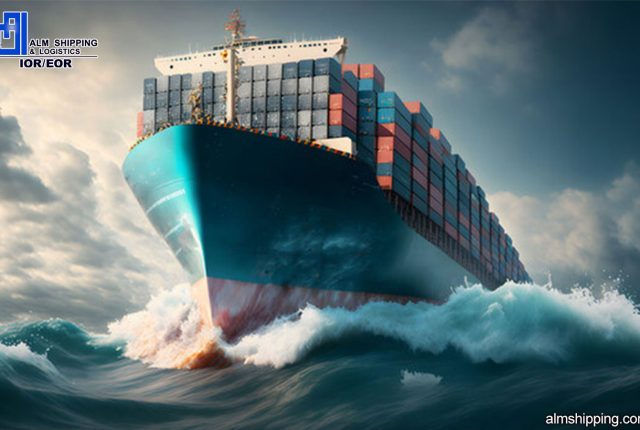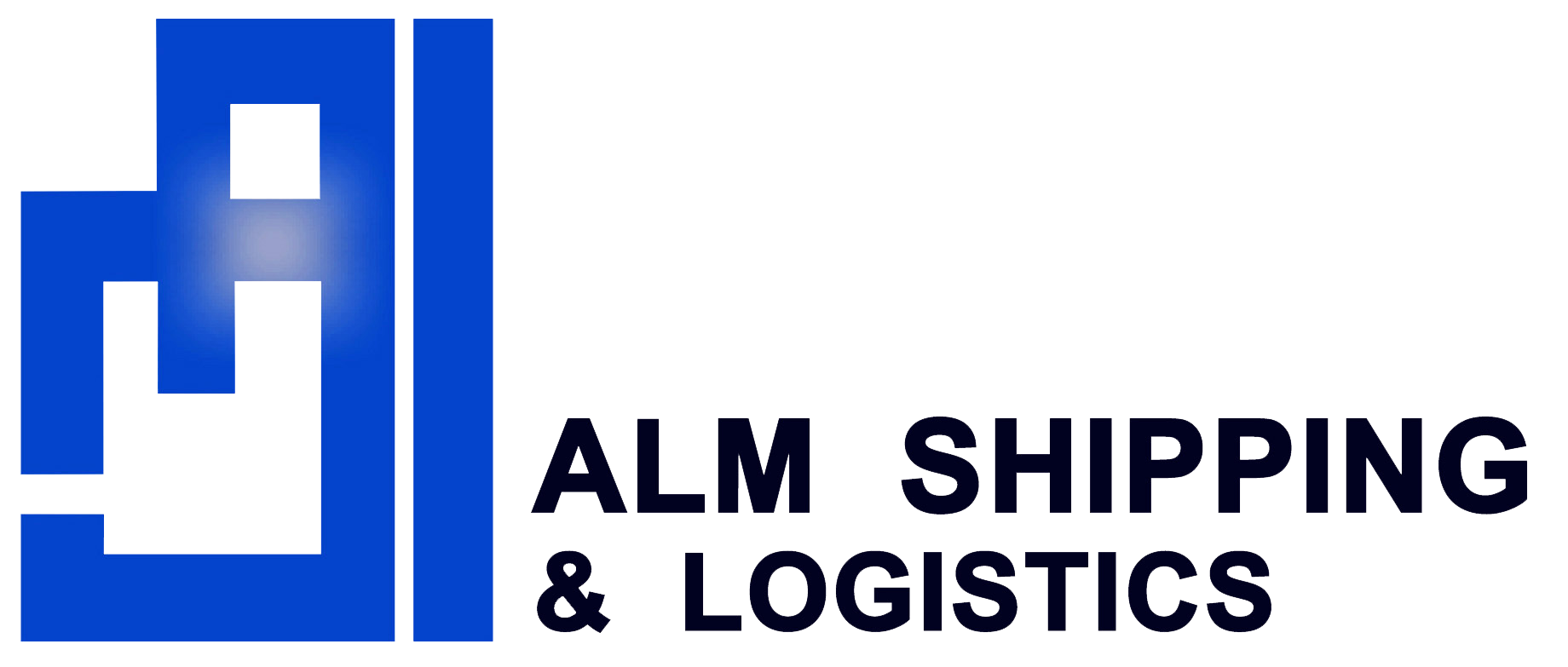
Global Shipping and Logistics: Types and Importance
Discover expert global and shipping logistics strategies for success with ALM Shipping & Logistics. As your trusted Importer and Exporter of Record based in Pakistan. Unlock the ultimate roadmap to streamline your international operations.
What is meant by shipping and logistics?
The term “shipping logistics” encompasses all inbound and outgoing logistics related to moving completed goods along your supply chain, from drayage and first-mile delivery to shipments to final customers.
Your shipping logistics strategy is influenced by a number of aspects. Such as carrier alliances, freight shipping, and procurement logistics.
Shipping operations are greatly impacted by the location of your inventory storage in relation to the majority of your client base, particularly in last-mile delivery.
How do logistics and shipping differ from each other?
The main distinction between logistics and shipping is scale.
The actual physical transfer of your goods, say, from a fulfillment center to your clients, is what shipping is all about. Shipping is the term used to describe the procedures that take place while items move through the supply chain. These procedures include paperwork, working with carriers, tracking, handling, delivery timeframes, and transportation.
The word logistics describes systems. Your items’ acquisition, storage, and transportation to their final destinations of which shipping is only one are all coordinated by these synchronized processes.
The phrase “shipping logistics” encompasses all the phases of an online store’s supply chain that need to plan how to move goods from point A to point B, be it orders to customers or inventory to fulfillment centers.
Shipping logistics types
Online retailers sometimes fail to recognize the importance of a stable shipping logistics network to their business success.
To guarantee that your items are where they should be at every point in your supply chain. You need dependable networks. To guarantee that merchandise is supplied precisely and on schedule, for example, it is important to comprehend production lead times and collaborate with reputable manufacturers and suppliers.
While the range of shipping options and cost of shipment are affected by collaborating with appropriate third parties, such as big and regional shipping carriers or 3PLs.
In order to expedite the returns or exchange process, customers must also expeditiously mail back any defective orders.
Three main categories can be distinguished within shipping logistics:
1. Inbound logistics
2. Outbound logistics
3. Reverse logistics
Inbound logistics
The procedures that transfer goods from a producer or other source to be received at a fulfillment center or warehouse are known as inbound logistics. All of the items your company requires to move, store, and distribute goods should be part of your inbound logistics network, including:
> Purchasing goods
> Lead periods for production
> Receiving from the warehouse
Outbound logistics
The processes required to transport your goods from a warehouse or fulfillment center to your clients are known as outbound logistics, and they include:
> Order entry
> Selecting and encasing
> Transport
> Partnerships with carriers
Reverse logistics
Processing customer returns and exchanges is referred to as reverse logistics. This covers both incoming and outgoing procedures, such as processing refunds, issuing return labels, checking returned goods, and, in the event of an exchange, sending out a replacement item.
For most retailers, managing these procedures internally rapidly becomes a burden. In contrast to physical storefronts, online retailers typically need their clients to purchase a product without ever handling it.
Considering that more than 60% of online shoppers state they review a company’s return policy before clicking “Submit Order,” it makes sense to invest in reliable procedures. A solid reverse logistics procedure can save expenses and resources as your company expands.
The significance of logistics for shipping (and its issues)
Frequently asked questions that you’ll need to respond to when managing shipment operations include:
> How is your inventory checked in and transported safely to a warehouse?
> When a customer places an order, what procedures are started?
> Who is in responsible of making sure the package arrives on schedule?
> How can a customer return something that they want?
When creating a solid shipping logistics plan, there are several things to take into account. The emergence of on-demand logistics is causing significant changes in a normal e-commerce supply chain, which adds to its challenge.
There are rivals everywhere, supply networks have grown longer and more intricate, and marketplaces are volatile.
Customer expectations are still high, though. According to 87% of consumers, an online retailer’s shipping and delivery experience affects their decision to make another purchase from them. Approximately one in three consumers will post a critical social media review about a bad delivery experience they had with a retailer.
For this reason, a growing number of direct-to-consumer (DTC) firms are depending on a third-party logistics (3PL) that provides supply chain support services, advanced technology, and automation.
How to make your shipping logistics more efficient
In the current global economy, online firms are dedicating more of their time and resources to improving their operational efficiency due to rising freight costs, disrupted supply chains, and heightened competition.
Optimization of shipping logistics is one of the biggest growing areas. There are several approaches to shipping logistics optimization.
Get in touch for more info…







Leave a Reply